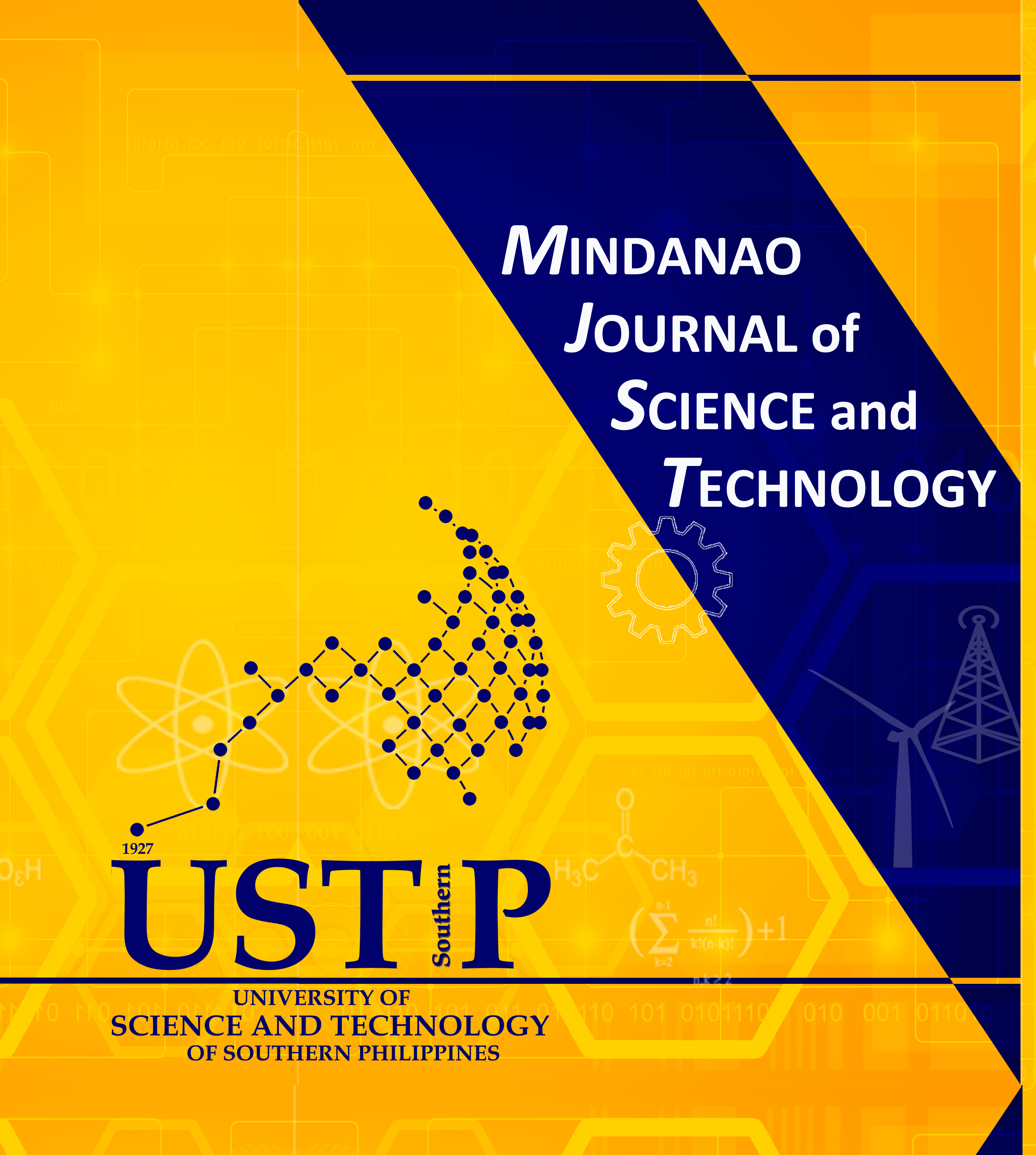Boat Detection Using Visible Infrared Imaging Radiometer Suite in Philippine Waters
DOI:
https://doi.org/10.61310/mjst.v22i2.2179Keywords:
Day-Night Band, marine vessels monitoring, nighttime lights, remote sensing, satellite low-light imagingAbstract
The nighttime boat detection system utilizes the Day/Night Band (DNB) from the Visible Infrared Imaging Radiometer Suite (VIIRS) onboard the Suomi National Polar orbiting Partnership (Suomi-NPP) Satellite. However, no locally developed algorithm exists for nighttime boat detection. This study aims to develop an algorithm that processes irradiance data from Suomi-NPP Science Data Records to extract boat locations based on nighttime lights. For the first time in Philippine waters, the study implemented a locally developed nighttime fishing boat detection system and recorded detections for potential temporal analysis of fishing activities. The process of generating the nighttime lights for boat detection involves several filtering steps to exclude extraneous features, such as flashes of lightning, moonlight, stray light, and high-energy atmospheric particles. The filtered radiance spikes and sharpness are then characterized to generate boat detections from the low-light data. Due to the absence of Automated Identification Systems (AIS) for marine vessels in the Philippines, the boat detection algorithm is tested on available AIS data from the Gulf of Mexico. The developed nighttime boat detection algorithm achieved a precision rate of 71.76%
comparable to a commercially available system (75.06 %). The AIS and satellite data used for validation were timestamped on May 31, 2022, from 00:12 AM to 00:18 AM (Mexico Local Time). With this system integrated into local monitoring efforts, authorities will gain enhanced flexibility, allowing them to tailor the system to the community's needs. Ultimately, it complements the efforts of both local and global agencies in monitoring and educating the community on the responsible utilization of marine resources.










